EIPs-Doorways to Knowledge Management
Information overload. It's what happens when you have access to growing amounts of information, but no tools for turning that information into knowledge. International Data Corporation predicts that the "information distributed through corporate intranets will undergo phenomenal growth of more than 37 times by the year 2002". With this exponential growth in information-stored in emails, ERP applications, data warehouses, text documents, presentations, and other sources-employees desperately need a way to sift through the information glut to pinpoint the knowledge they need to make decisions.
To transform information into actionable knowledge, corporate decision-makers not only need information delivered to their desktop, they require the means to translate information into knowledge, and then capture and share this knowledge across the organization. They must be able to manage their knowledge for increased organizational awareness and performance.
What is Knowledge Management, Really?
Knowledge management has been so overused that it now sounds like just another buzzword. But it's a mistake to overlook this powerful concept. Simply put, knowledge management is the process of transforming static information into knowledge, using that knowledge to take actions (make decisions), and then sharing that knowledge across the organization.
Clearly, the more information you consider as part of a decision, the higher quality decision you can make. When making a decision, you need to look at corporate data streams (e.g., structured data in data warehouses) where the facts and figures about your business are stored. You also need to take into account information stored in emails, documents, or presentations-these unstructured data sources contain insights that may influence your decision. And you need to consider the vast knowledge of the collective corporate memory. What did the last person in your position do when presented with this situation? And why?
Knowledge management augments our ability to make decisions by capturing and distributing all of these types of information to us. It brings additional relevant knowledge and the experiences of our peers to bear on a particular element of the decision-making process. It helps us transform all of that information into actionable knowledge. And it enables us to share our knowledge with the rest of the organization.
Why is Knowledge Management Important?
KPMG surveyed 423 organizations-each with annual revenues of more than $270 million-and found that nearly 75% of them expected knowledge management to serve an "extremely significant" or "significant" role in improving competitive advantage, marketing and customer focus. A majority of the organizations believe that knowledge management leads to better decision-making, faster responses to important business issues, and better customer handling.
Why do these organizations find knowledge management so critical to their success?
Consider our new Web-based business climate. The pace of business has accelerated rapidly with the advent of the Web, mandating that organizations react quickly to external demands. To survive in this volatile market, businesses must leverage their internal resources intelligently, and keep a finger on the pulse of external market forces that drive success.
Successful organizations are those that promote innovation and agility through knowledge management. Knowledge-aware organizations compete more effectively because they can "turn on a dime" to seize opportunities. Because these organizations realize the full potential of their corporate talents, encourage corporate collaboration, and share information about their competitors and the market as a whole, they possess the awareness needed to respond quickly to market forces.
These organizations amass two kinds of knowledge:
-
External knowledge - Awareness of the competition, regulations and market trends. With this knowledge, organizations can predict market changes.
-
Internal knowledge - Understanding of the organization's core competencies, know-how, strengths, and weaknesses. This knowledge comes from sharing past experiences across the organization.
Not only do knowledge-aware organizations amass critical knowledge, they apply this knowledge to decisions about strategy and tactics. Knowledge helps these companies strategize about the business the company should pursue, as well as formulate tactical plans for the best ways to execute business objectives. Because these organizations share information assets quickly and easily across their enterprise infrastructure, they can effectively manage their knowledge assets to increase organizational performance.
So how can organizations become knowledge-aware? By linking information to people and people to processes, and effectively managing knowledge assets for better decision making. The fundamental requirement of any knowledge-aware organization is an infrastructure that allows the free exchange of experience and expertise, enables analysis of this experiential data combined with the raw data housed in corporate data sources, and promotes information sharing across the organization. Getting to this point requires fundamental shifts in corporate direction and leadership, but the potential rewards are significant.
How do EIPs Enable KM?
Successful knowledge management requires people that provide the "knowledge", a process that defines how knowledge is transferred and disseminated, and technology that enables knowledge to be shared instantly across the organization. Enterprise Information Portals (EIPs) provide the process and technology necessary for knowledge management.
Offering a single point of integration and navigation through the enterprise knowledge base, EIPs automatically manage, capture, categorize, cross-reference and route information and knowledge across the enterprise. EIPs can enable knowledge management by providing the process and technology to help organizations share both explicit knowledge stored in their data sources, and tacit knowledge held in the brains and experiences of employees.
Using EIPs, companies can:
-
Enable collaboration and innovation
-
Capture tacit knowledge from in-house experts
-
Facilitate knowledge sharing and information linking
-
Increase competitive advantage and time-to-market
Qualities of a KM EIP
Not all EIPs are created equal. When evaluating EIPs, vortals need a solution that provides:
-
Information Access
-
Collaboration
-
Analysis
-
Scalability
-
Security
Information Access
The most important aspect of an EIP is how well it helps decision-makers access relevant information. This information may be scattered across hundreds of disparate sources, including Web sites, news feeds, word processing files, e-mail messages, spreadsheets, databases and file systems, Lotus Notes and MS Office applications. It resides in structured data (such as in databases or data warehouses) and unstructured content (such as documents, emails, or video).
From a central access point, an EIP should allow easy navigational access and retrieval of information-no matter where information resides or what format it takes. Information must be logically organized according to the way users think about their business so they can quickly find information that is relevant to their jobs. Users should be able to interact with information as if they are manipulating objects, defining a pattern or network of organizational and personal knowledge as they create new objects, organize and cluster objects into patterns, and find objects and follow patterns in order to build and use knowledge. And EIPs must secure information so users only access information for which they have privileges.
For instant access via searching, EIPs must ensure that searches result in precise and relevant content. EIPs that use an object model for content can allow users to define specific keywords for individual objects, thereby increasing the precision of keyword searches. Users should only see information objects for which they have permission-granular, down-to-the object levels of security enable this control.
And EIPs must keep decision-makers attuned to the ever-fluctuating market with automatic and instant distribution of time-sensitive information. Using push technologies, live feeds, and automated updates, EIPs must constantly supervise the content of the portal to make sure decision-makers have up-to-the-minute information at all times.
Collaboration
Sharing expertise across an organization raises the bar on performance by enabling all employees to benefit from the "best practices" of top performers. EIPs must facilitate this knowledge transfer by enabling collaboration among a company's employees. Collaboration is a natural process for capturing tacit knowledge-the information inside employees' heads that helps them do their jobs better and faster.
By providing a framework for organizing and retrieving knowledge gained through the collaborative process, the EIP helps companies manage knowledge. EIPs supply a forum for sharing documents and project tasks, locating outside experts, and tracking project status across the organization. Offering this kind of collaboration platform helps companies leverage existing expertise within the organization, take advantage of best practices and eliminate redundant effort, save months of unnecessary and costly research, and accelerate time to market.
Some ways an EIP can further facilitate collaboration are synchronous communication (e.g., chat), asynchronous communication (e.g., e-mail and discussion forums), or simple telephone contact information. Helping users to find the experts behind the "best practices" saves users from spending time processing and synthesizing volumes of data and strategies. Instead, users may be able to resolve questions or issues with a simple 10-minute conversation or chat with the expert.
Analysis
Facts and figures alone mean nothing-it's how decision-makers analyze this data to answer specific "what if" questions that helps them make decisions. EIPs deliver the information to users' desktops, and must also supply the means to analyze this information so users can make effective decisions. Integrating with business intelligence analysis, EIPs enable users to compare data analysis with other unstructured information, providing both a quantitative and qualitative context for making decisions.
Scalability
Finding and managing knowledge requires the ability to access, retrieve, and analyze that information. EIPs need to service users' requests no matter what time of day, or how many users are currently accessing the system. As organizations grow and distribute, EIPs must scale to meet the needs of the entire organization. EIPs that are architected as distributed systems with distributed processing meet these scalability requirements. When one server is down, another server takes its place to service user requests. Using load balancing algorithms, EIPs can ensure high availability and failover for small workgroups to thousands of users across company intranets, extranets and the Internet.
Security
Managing knowledge also means securing corporate information to prevent unauthorized access. Securing a company's data includes protecting it from external and internal breaches. To safeguard corporate data from external breaches, EIPs should use standards-based security to validate users and passwords, and encrypt communication between the client and server. To ensure that corporate users only see the information to which they are entitled, EIPs require a roles-based system that sets privileges for each object, user, and group within the system.
Summary
Offering a single point of integration and navigation, EIPs automatically manage, capture, categorize, cross-reference and route information across the enterprise-enabling companies to manage knowledge for better organizational performance. Brio.Portal-the most comprehensive EIP-manages structured and unstructured information, integrates knowledge management and business intelligence technology, and accesses and delivers data from the mainframe to the Web to wireless PDAs.
Brio.Portal provides:
-
Personalized access. Brio.Portal implements a mass-personalization approach to make otherwise overwhelming information access relevant to each user.
-
Relevant searches. Brio.Portal integrates Autonomy's pattern-matching technology to identify and rank the main concepts within any text, resulting in more focused and relevant results.
-
Automatic updates. Brio.Portal's intelligent agents search, retrieve, and notify users of updates so they do not have to constantly navigate the portal to find new information. And Brio.Portal's channels provide "at-a-glance" discovery of content. Channels can cross categories, locations, and include external or internal information. SmartObjects? embed live content and data feeds such as stock tickers and performance gauges directly on the Brio.Portal personal page. And SmartCuts?, a specialized URL interface, drive the display, retrieval and execution of content with a simple yet powerful way to integrate content into existing Web sites or browser-based applications.
-
Collaboration. Channels can be published and shared with others through the portal to enable collaboration across departments and workgroups--and with B2B partners outside the organization.
-
Analysis. Brio.Portal Portal.Pages? are analytic dashboards that combine exception alerts, charts, gauges, news flashes, and business events to help users proactively manage and optimize business results.
-
Scalability. With its scalable, flexible B2X architecture, Brio.Portal leverages a customizable, secure and extensible framework to enable B2E, B2C, and B2B initiatives with a single installation.
Security. Brio.Portal provides unmatched security that enables organizations to provide broad access to business information and systems without compromising data sources in any way. With Brio.Portal, administrators can define rules that govern object-level access, and simplify user account management with several different user authentication schemes including LDAP.

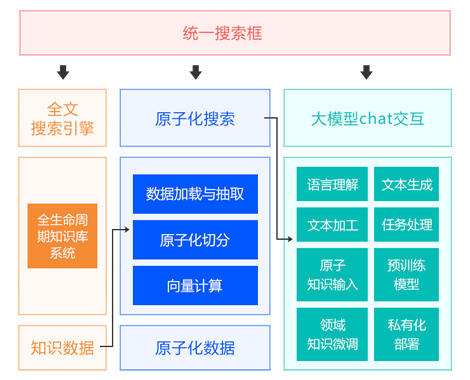
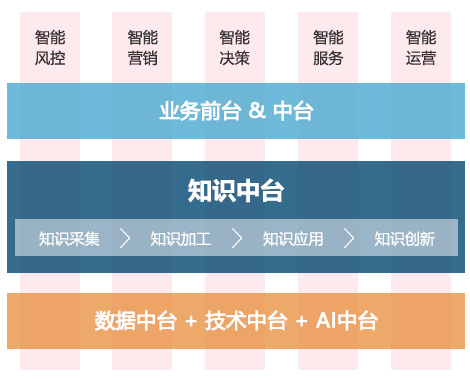
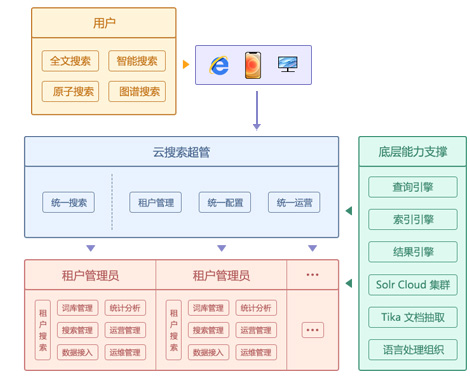
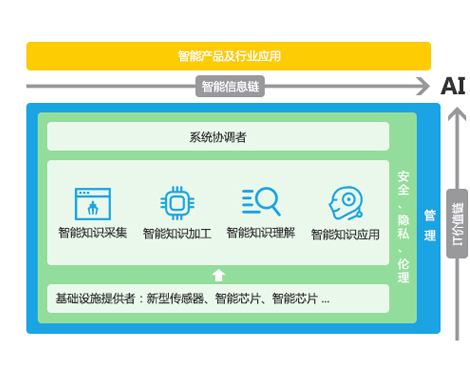
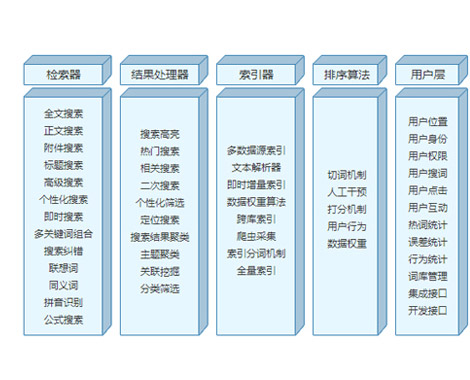
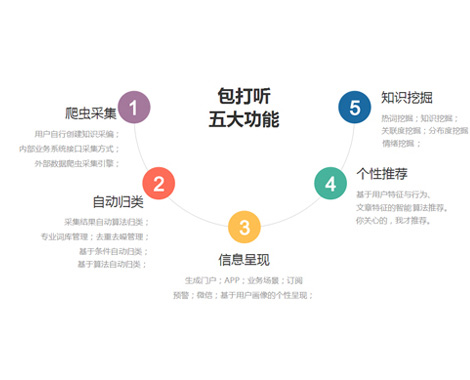
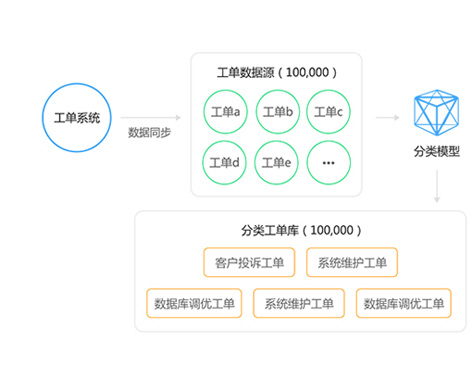
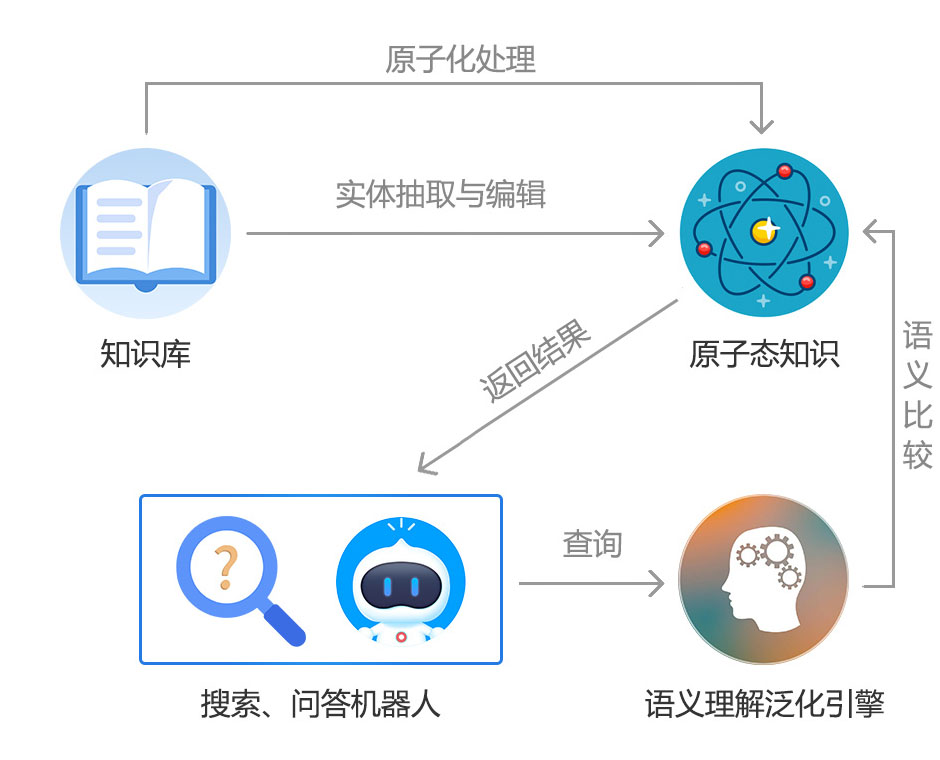
 2017-03-17 10:35
2017-03-17 10:35